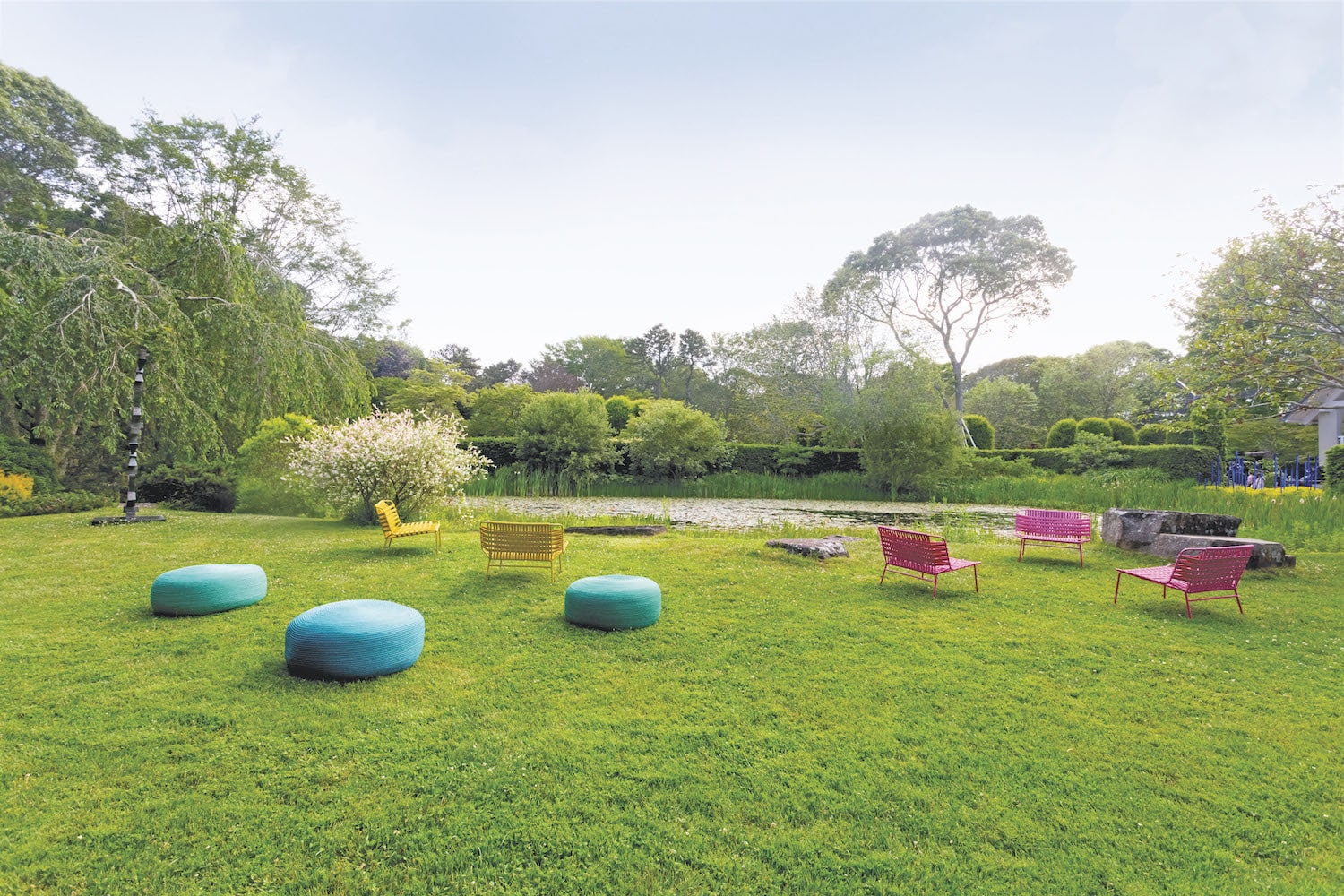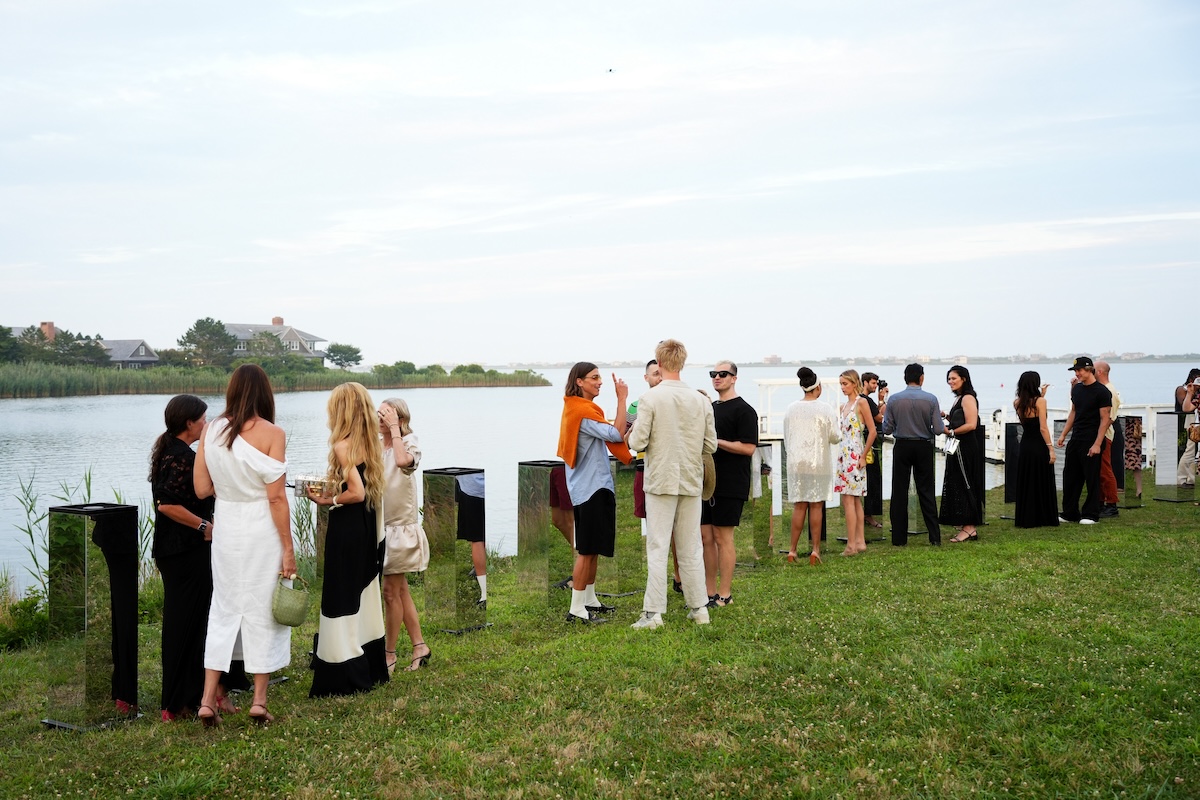Ray Johnson, who died in 1995, remained out of the public eye, persistently enigmatic by choice. Instead of a suicide note, Johnson left a series of coded collages describing his death—in which he leapt off a bridge and backstroked out to sea in Sag Harbor, Long Island, ultimately dying of hypothermia—to be discovered posthumously in his apartment.
Even the backstroking itself was an indelibly lasting detail that renders it impossible to mourn Johnson’s death as “untimely” or “sad” as suicides are wont to be (Johnson was described as happy by friends at the time of his suicide). Instead, those who discover Johnson’s work celebrate the way Johnson’s life served his art, right up until the choice to end his life with one last piece. In this, Johnson achieved something nearly impossible: the complete obliteration of the fear of death, and the logical conclusion that a beautifully deliberate demise can be a work of art.
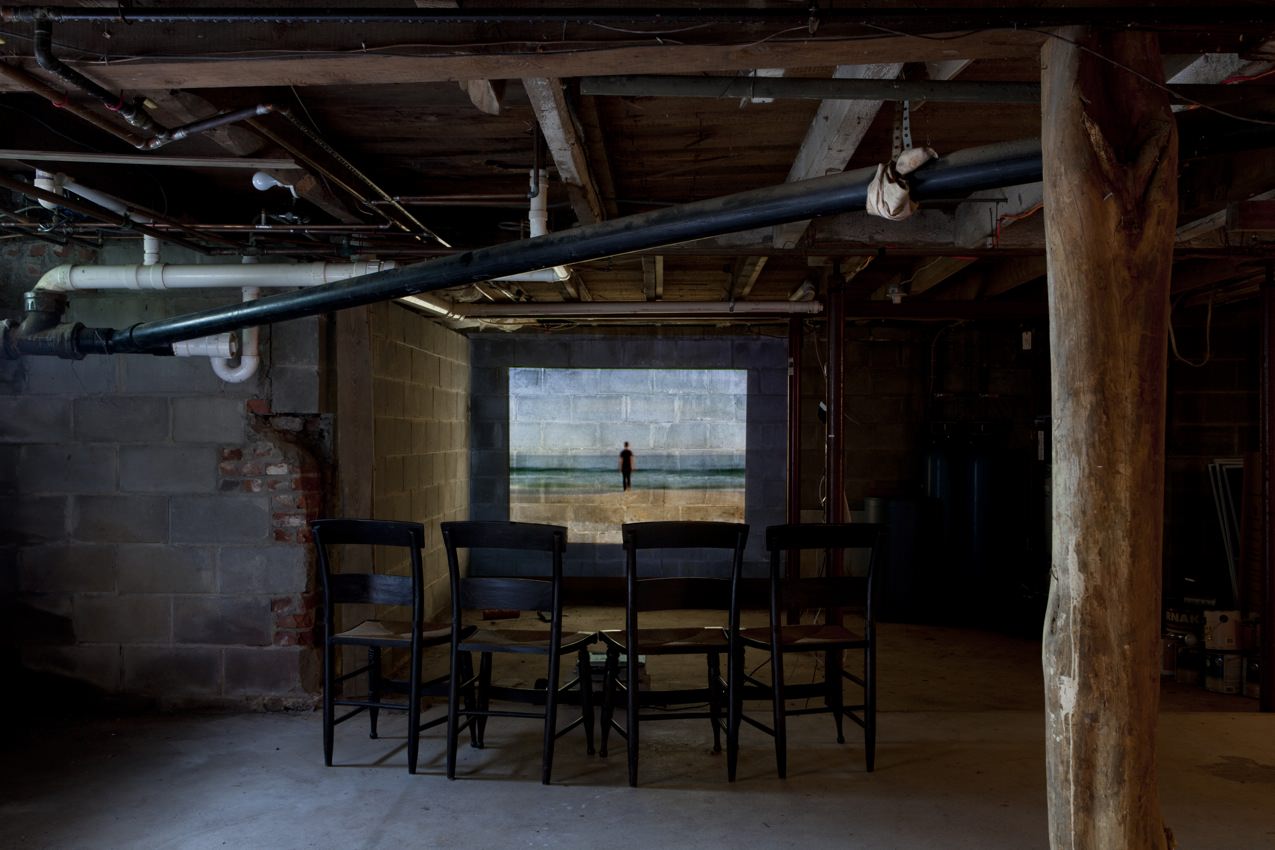 Photo by Antoine Bootz.
Photo by Antoine Bootz.
Artist Cole Sternberg Uses Ray Johnson’s Final Work as Source Material
In his new film, a moment in the sun, Los Angeles-based artist Cole Sternberg uses Johnson’s final, fatal artwork as source material. Sternberg embodies Johnson in a dramatic reenactment of Johnson’s death, which was accompanied by an installation created while in residence at the ARTed House, an old farmhouse turned project room, in nearby Wainscott, New York (the exhibition closed yesterday).
In the film, Sternberg travels to the actual spots of Johnson’s journey towards oblivion. Sternberg as Johnson stumbles towards eternity, questioning the validity of his own art practice in the process.
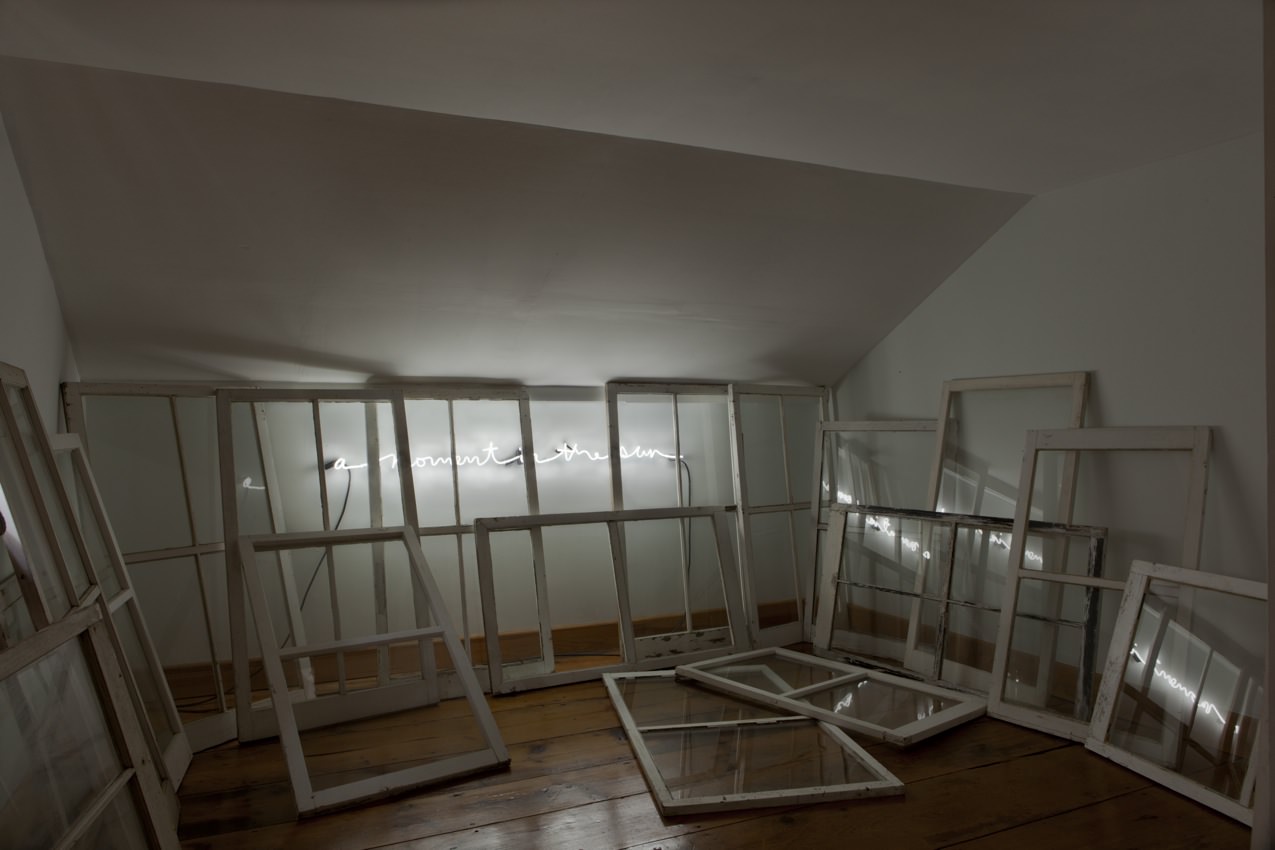 Photo by Antoine Bootz
Photo by Antoine Bootz
The New Artworks Dance with Johnson’s Explorations
The resulting paintings, neons, and banner (the latter of which covers a shipping container) continue the inquiry into the resoluteness, isolation, and dreamlike state of Johnson’s waning days. This type of reverence is unkind to artists—many artists have failed at recreating Bas Jan Ader’s work, for instance, falling flat with incomplete tributes—but in Sternberg’s own cryptic practice, the works dance with Johnson’s, never clinging to it. Sternberg’s work never feels forced or cloying; instead, he keeps a healthy critical distance from Johnson, preferring to allow his own politics bubble to the surface, and engulf Johnson’s influence.
In actuality, the film and related installation are a backdrop to a larger argument that Sternberg has revisited throughout his career: that the Hamptons are a problematic place for him to be exhibiting. As is often the case, the site-specific project turns into a site-critique for Sternberg. A previous exhibit, located in the celebrity-heavy Hollywood Hills neighborhood of Los Angeles, displayed a stack of gold-painted televisions, surrounded on all surfaces by over 200,000 words of handwritten celebrity gossip, in what Sternberg described as an “alter to the media,” directly confronting our obsession with fame and its conduits.
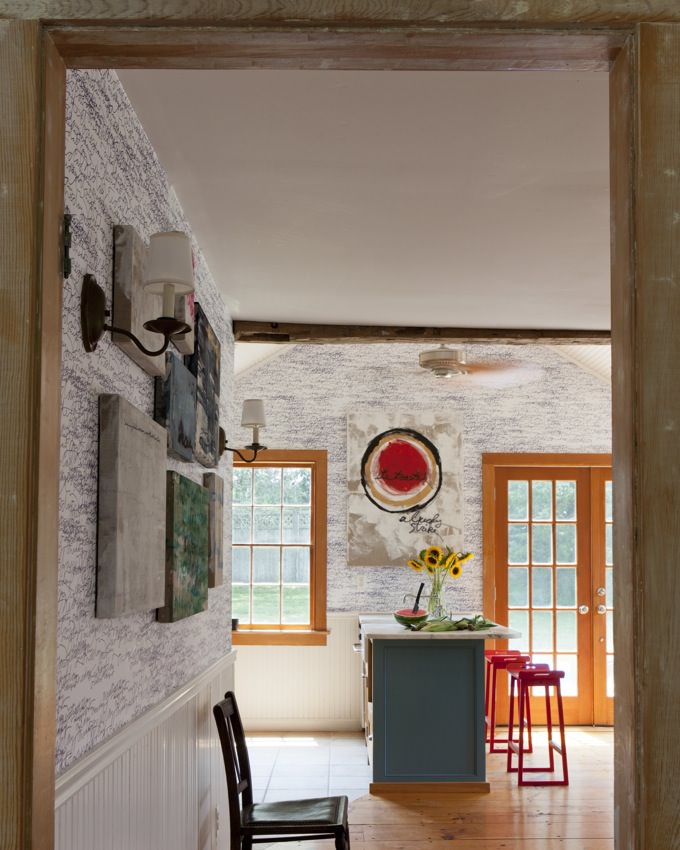 Photo by Antoine Bootz
Photo by Antoine Bootz
Sternberg Interprets Johnson’s Collages as Biting Critiques of Modern Society
In the Hamptons, there are similar paradoxes: the beautiful beaches, greenery, automatic recycling programs, and heavy use of solar power in mega-mansions conflict greatly with the private jetsetting lifestyle of its baller residents. The Hamptons becomes a symbol of New York (and American) hypocrisy about wealth and the environment.
Though inherently different, Sternberg’s installation and Johnson’s lifework share a bond. Sternberg interprets Johnson’s collages as biting critiques of modern society, pop culture, and the way we communicate, which resonates within and influences Sternberg’s work. Sternberg’s assertion is that Johnson used images of Marilyn Monroe, James Dean, and Lucky Strike cigarettes in a cynical, dark manner.
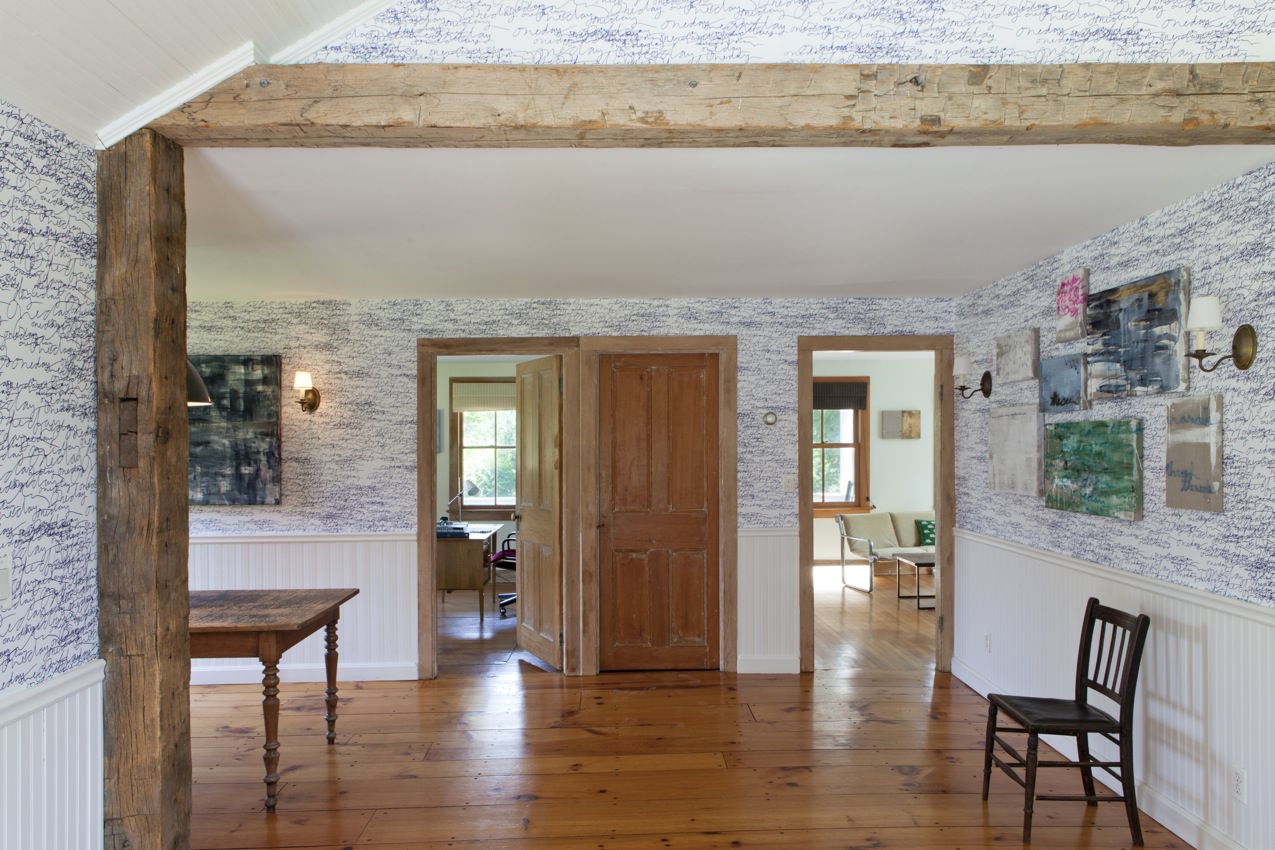 Photo by Antoine Bootz
Photo by Antoine Bootz
Upon investigation, Sternberg’s modern paintings reveal a similar contempt for modern society within the subtext. Their shared love of communication via language and text provides their work a deeply relatable layer. Sternberg and Johnson share a predilection for fed up, angst-y works: the medium may be vastly different, but the message is the same.








